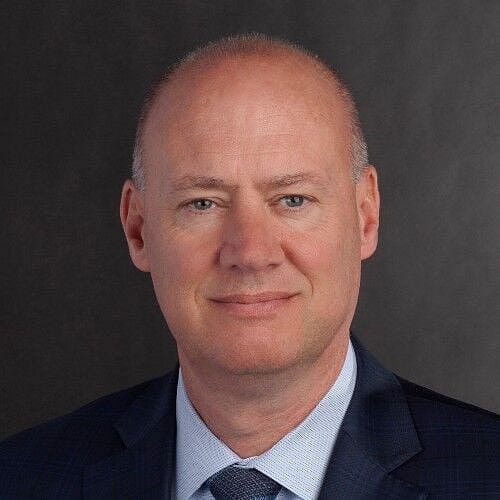Leadership
VIDEO | US Nuclear Regulatory Commission CIO: Do Not Bring Technology to Find Problems
Written by: CDO Magazine Bureau
Updated 7:07 PM UTC, Thu January 11, 2024

(US and Canada) David Nelson, Chief Information and Data Officer at the U.S. Nuclear Regulatory Commission, speaks with Bill Sullivan, VP and General Manager of US Federal, about his career trajectory, learnings over the years, and experiences that led up to his current role.
Nelson begins by stating that his career has taught him not to bring technology to find problems. He points out that satellites are an excellent tool to address some but not all issues. Therefore, there are no satellites at NRC, he adds.
When asked to shed light on his journey, Nelson states that he began his studies in technology in the Air Force following high school graduation. He continued his studies through several universities including the University of Maryland, George Mason, and the Pennsylvania State University. Upon returning from active duty, he spent over 20 years working for tech companies of varying sizes including Nortel, where he had the chance to work in Europe.
Following that, he started working for a CLEC (competitive local exchange carrier) when divestiture occurred in the telecom industry. There, he looked after five large switches that span the East Coast, and his main areas of work were customer service, operations, technology, and leadership.
Nelson’s first job in the federal government was with the Centers for Medicare and Medicaid, which he took up to limit his traveling and be closer to home when his kids were younger. Moving forward, he highlights significant projects and programs, including the 1-800-Medicare call centers. During his tenure, the backend systems of the agencies, along with their enrollment and claim systems, were connected to the CRM.
This enabled virtual agents across the country to answer Medicare-related questions. Prior to this, continues Nelson, there were hardly any consistent answers or data to provide beneficiaries when they called 1-800-MEDICARE.
Delving further, Nelson states that he had the opportunity to design and implement Medicare’s first predictive modeling and fraud prevention system. To prevent people from hijacking provider IDs and billing for services not rendered, the system looks at claims and runs multiple predictive models to find any suspicious activity.
Nelson gathered and studied all the data at once with different models. This project was exciting and was operational for a few years while he was in charge of the program. Following up, he states that back then, his team at Medicare used machine learning and neural networks to search for behaviors that may go unacknowledged by humans.
To successfully achieve this venture, Nelson recalls employing social scientists from places such as the University of Chicago to develop the models. Eventually, he stepped in as the Chief Information Officer at Medicare and led the recovery of healthcare.gov, a massive undertaking. He reckons that the complexity of the systems involved required trading information with 13 different agencies to determine a citizen’s eligibility and integration with all the plans.
Further, he implemented agile development as a model for the federal government to meet the needs of the administration. In conclusion, Nelson describes it as the most complex system integration across the federal government he has ever seen and a once-in-a-lifetime opportunity.
CDO Magazine appreciates David Nelson for sharing his insights and success stories with our global community.


